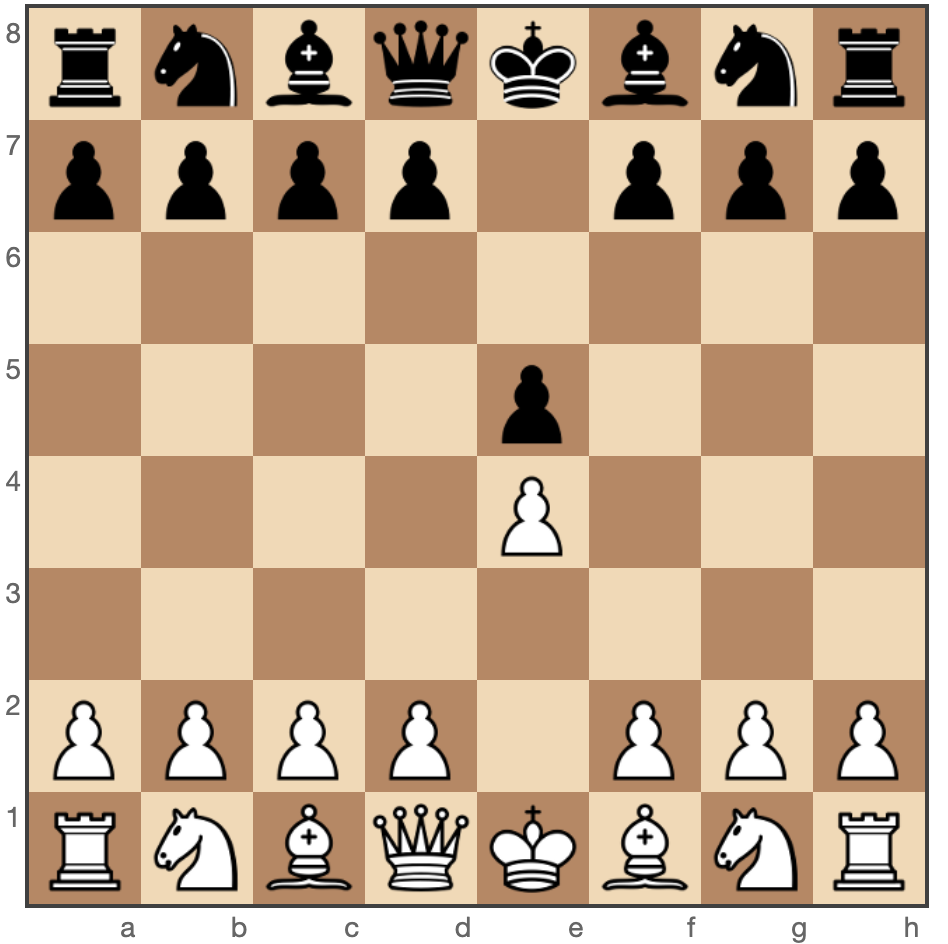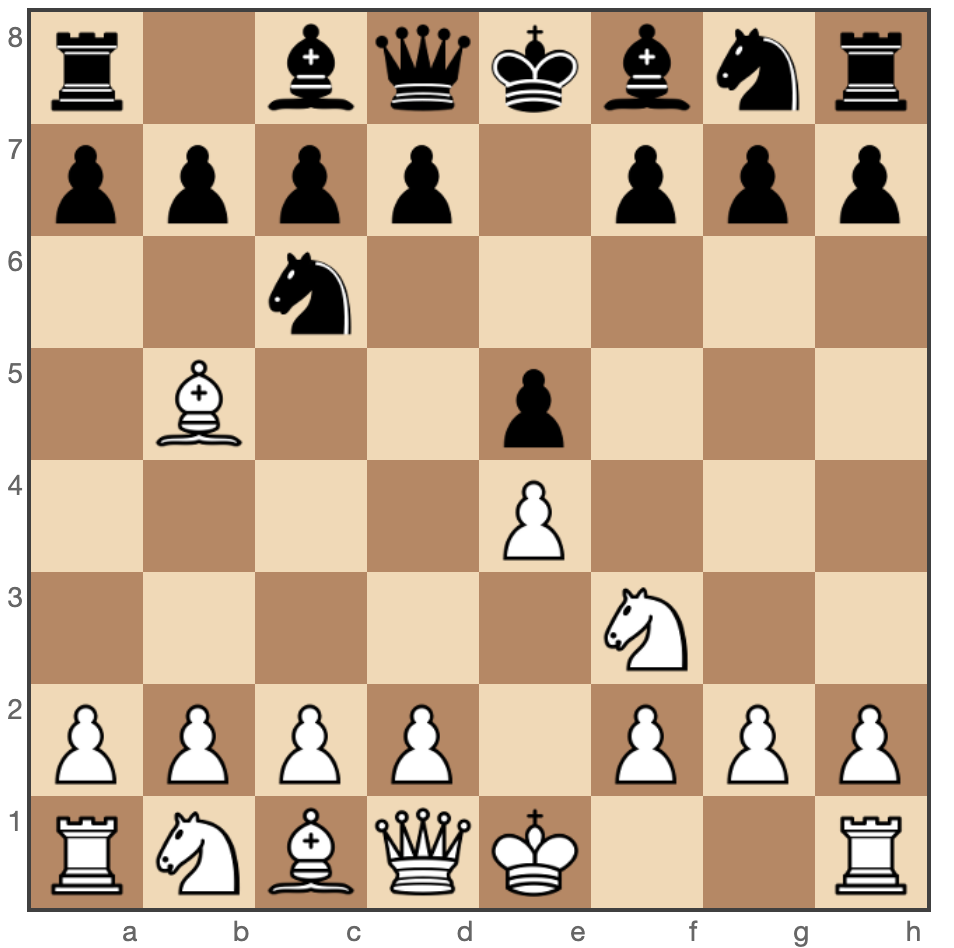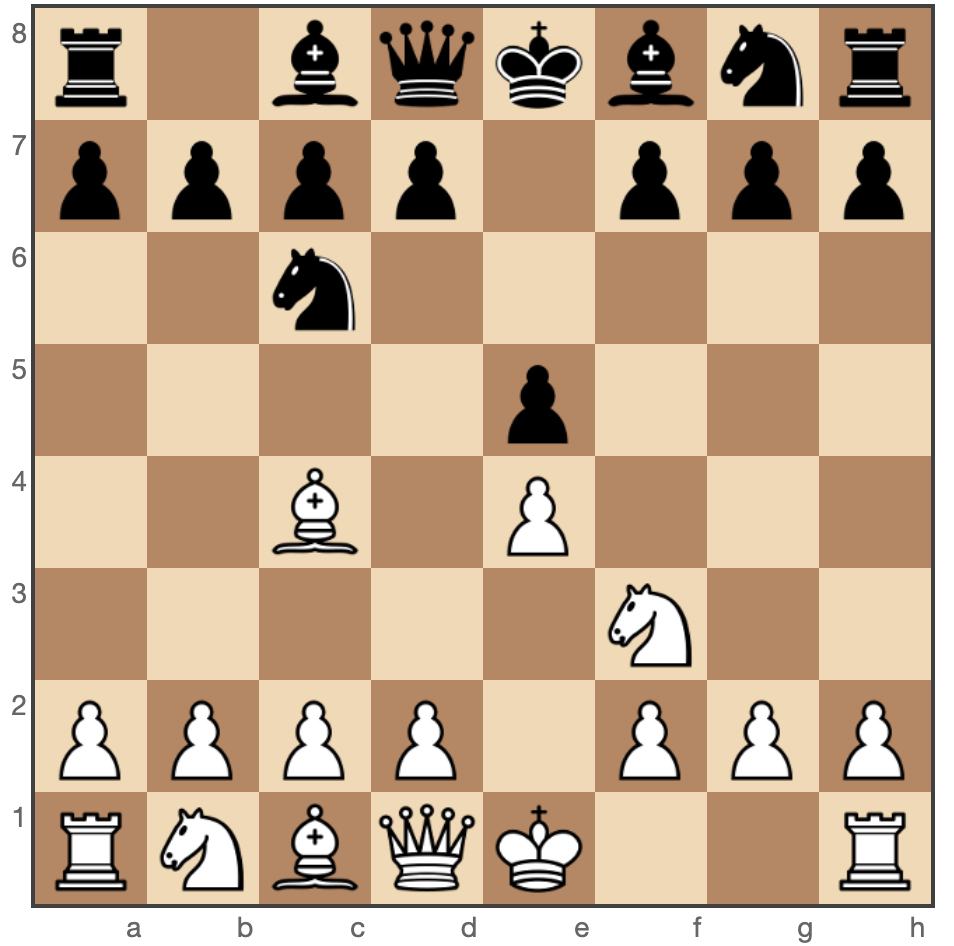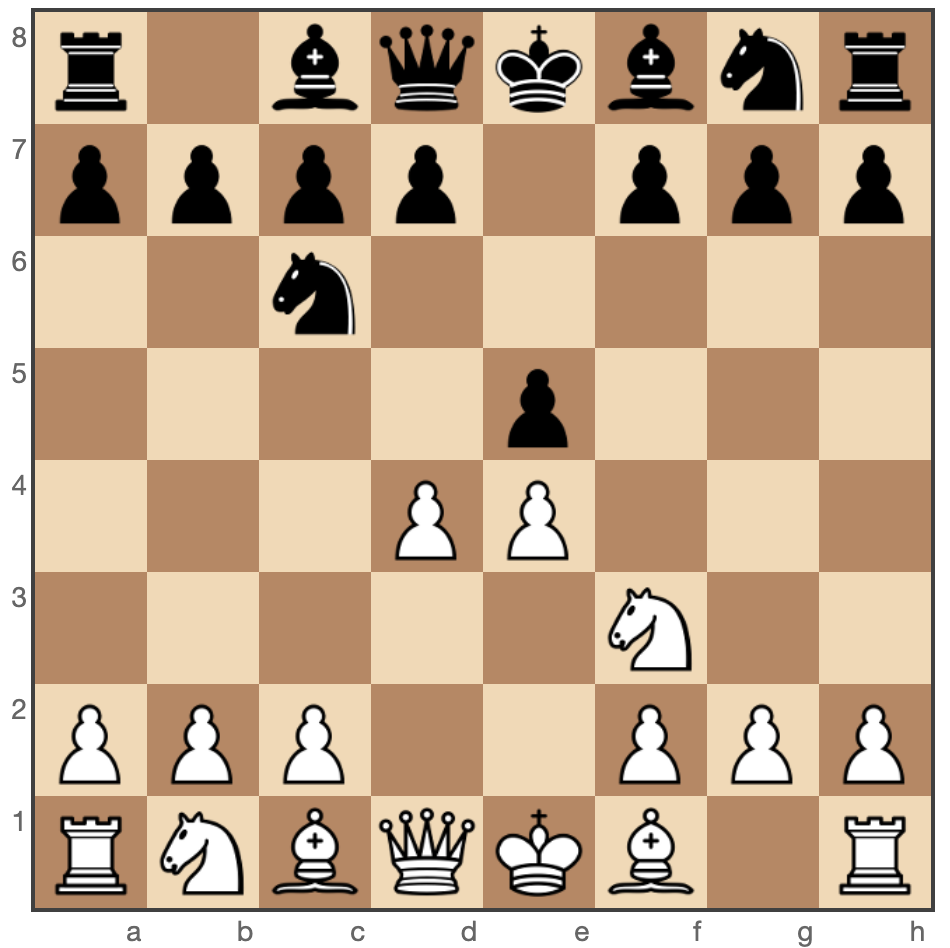In the rich and intricate world of chess, the opening moves set the stage for the entire game. Among the myriad of opening choices, e4 e5 stands out as one of the most classical and time-honored sequences. This double king pawn opening has been employed by legendary grandmasters throughout history and continues to be a cornerstone in the repertoire of players at all levels.
The move 1.e4 is the most popular first move in chess, opening lines for the queen and bishop and staking a claim in the center. Black’s response with 1…e5 mirrors this strategy, leading to a symmetrical and balanced position that offers both sides a fair share of opportunities. The ensuing positions can range from highly tactical battles to deep strategic contests, making e4 e5 a versatile and essential opening to master.

Whether you’re a beginner looking to understand fundamental principles or an advanced player aiming to refine your opening repertoire, delving into the nuances of e4 e5 will significantly enhance your understanding of the game.
The Importance of the e4 e5 Opening
Opening with 1.e4 e5 immediately engages both players in a struggle for central control. The central squares—especially d4, d5, e4, and e5—are critical battlegrounds in chess, as control over them allows for greater mobility and coordination of pieces.
The e4 e5 opening:
- Encourages Rapid Development: Both sides have opportunities to develop their knights and bishops efficiently.
- Leads to Classical Positions: Understanding these positions lays a solid foundation for learning more complex openings.
- Offers Rich Tactical and Strategic Play: Players can choose from a variety of plans and structures, catering to different styles.
By mastering the ideas and variations arising from e4 e5, players can build a solid opening foundation and prepare for the diverse challenges of the middle game.
Main Variations After e4 e5
After 1.e4 e5, a multitude of openings can arise, each with its unique strategies and tactical motifs. Below, we explore some of the most significant and widely played variations. Click on the links provided to delve deeper into each opening.
The Ruy López Opening
Moves: 2.Nf3 Nc6 3.Bb5

The Ruy López, or Spanish Opening, is one of the most esteemed and deeply analyzed openings in chess history.
Key Ideas:
- Applying pressure on the knight at c6, indirectly attacking the e5 pawn.
- Preparing for kingside castling and central control.
- Leading to rich positional play with long-term strategic plans.
Common Responses for Black:
- 3…a6 (Morphy Defense): Challenging the bishop and questioning its intentions.
- 3…Nf6 (Berlin Defense): Developing a piece and attacking the e4 pawn.
Learn More: To delve deeper into the strategies and variations of the Ruy López Opening, visit our Ruy López Opening page.
The Italian Game
Moves: 2.Nf3 Nc6 3.Bc4

The Italian Game focuses on rapid development and targets the vulnerable f7 square.
Key Ideas:
- Early pressure on Black’s weakest point in the initial position.
- Quick mobilization of forces aiming for an aggressive setup.
- Opportunities for tactical play, especially in the Evans Gambit (4.b4).
Common Responses for Black:
- 3…Bc5: Symmetrical development leading to classical positions.
- 3…Nf6: The Two Knights Defense, introducing tactical complexities.
Learn More: For a comprehensive guide on the Italian Game, check out our Italian Game page.
The Scotch Game
Moves: 2.Nf3 Nc6 3.d4

The Scotch Game opens up the center early, challenging Black’s control.
Key Ideas:
- Immediate confrontation in the center.
- Rapid piece development following pawn exchanges.
- Tactical opportunities due to the open nature of the position.
Common Responses for Black:
- 3…exd4: Accepting the pawn exchange to simplify the center.
- 3…Nxd4: A less common approach, maintaining central tension.
Learn More: Explore detailed analysis and tactics on our Scotch Game page.
The Four Knights Game
Moves: 2.Nf3 Nc6 3.Nc3 Nf6
The Four Knights Game is known for its symmetrical and solid structure.
Key Ideas:
- Balanced development with both sides focusing on piece coordination.
- Leads to a variety of plans, from quiet positional play to sharp tactical lines.
- Ideal for players who prefer a solid and straightforward approach.
Common Variations:
- 4.Bb5: The Spanish Variation, similar to the Ruy López.
- 4.d4: The Scotch Four Knights, combining ideas from the Scotch Game.
The Petroff Defense
Moves: 2.Nf3 Nf6
The Petroff Defense, or Russian Defense, is a solid and drawish option for Black.
Key Ideas:
- Counterattacking the e4 pawn instead of defending e5 directly.
- Leading to symmetrical positions with balanced chances.
- Avoiding some of the aggressive lines that can arise in other openings.
Common Lines:
- 3.Nxe5 d6 4.Nf3 Nxe4: Leading to equal positions.
- 3.d4: Attempting to maintain the initiative and unbalance the game.
Learn More: Discover the intricacies of the Petroff Defense on our Petroff Defense page.
The King’s Gambit
Moves: 2.f4
The King’s Gambit is an aggressive opening where White sacrifices a pawn for rapid development and attacking chances.
Key Ideas:
- Opening lines for the bishop and queen towards Black’s kingside.
- Aiming to destabilize Black’s pawn structure and create weaknesses.
- Requires precise play from both sides due to the tactical nature of the positions.
Common Responses for Black:
- 2…exf4: Accepting the gambit, entering sharp lines.
- 2…d5 (Falkbeer Countergambit): Counterattacking in the center.
Learn More: Uncover aggressive strategies in the King’s Gambit on our King’s Gambit page.
The Vienna Game
Moves: 2.Nc3
The Vienna Game allows White to build up a flexible and sometimes aggressive setup.
Key Ideas:
- Delaying Nf3 to keep options open, such as f4 (Vienna Gambit).
- Control of the center with potential for kingside attacks.
- Transposition possibilities into other openings.
Common Lines:
- 2…Nf6 3.f4: The Vienna Gambit, aiming for aggressive play.
- 2…Nc6 3.Bc4: Leading to positions similar to the Italian Game.
Learn More: Learn about the Vienna Game in detail on our Vienna Game page.
The Philidor Defense
Moves: 2.Nf3 d6
The Philidor Defense is a solid but somewhat passive opening choice for Black.
Key Ideas:
- Supporting the e5 pawn with d6.
- Aiming for a solid pawn structure and slow development.
- Can lead to cramped positions if Black is not careful.
Common Plans for White:
- 3.d4: Challenging the center immediately.
- Developing pieces to natural squares while exploiting Black’s lack of space.
Learn More: For more information on the Philidor Defense, visit our Philidor Defense page.
Key Strategies in e4 e5
- Central Control: Occupying and controlling central squares is paramount.
- Piece Development: Develop knights and bishops to active squares quickly.
- King Safety: Castle early to safeguard the king and connect the rooks.
- Pawn Structure: Be mindful of pawn moves that could create weaknesses.
- Flexibility: Keep options open to adapt to your opponent’s plans.
Common Mistakes and How to Avoid Them
- Premature Attacks: Launching attacks without sufficient development can backfire.
- Overlooking Threats: Always check for your opponent’s tactical threats.
- Neglecting the Center: Avoid moves that do not contribute to central control.
- Pawn Grabbing: Be cautious when accepting gambits; the material gain may not justify the positional concessions.
- Passive Play: Playing too defensively can allow your opponent to seize the initiative.
The e4 e5 opening serves as a gateway to understanding classical chess principles. By studying its various lines and strategies, players can develop a strong foundation in both tactical and positional play. Whether you prefer the aggressive King’s Gambit or the solid Petroff Defense, mastering these openings will enhance your overall chess prowess and prepare you for a wide array of competitive scenarios.
